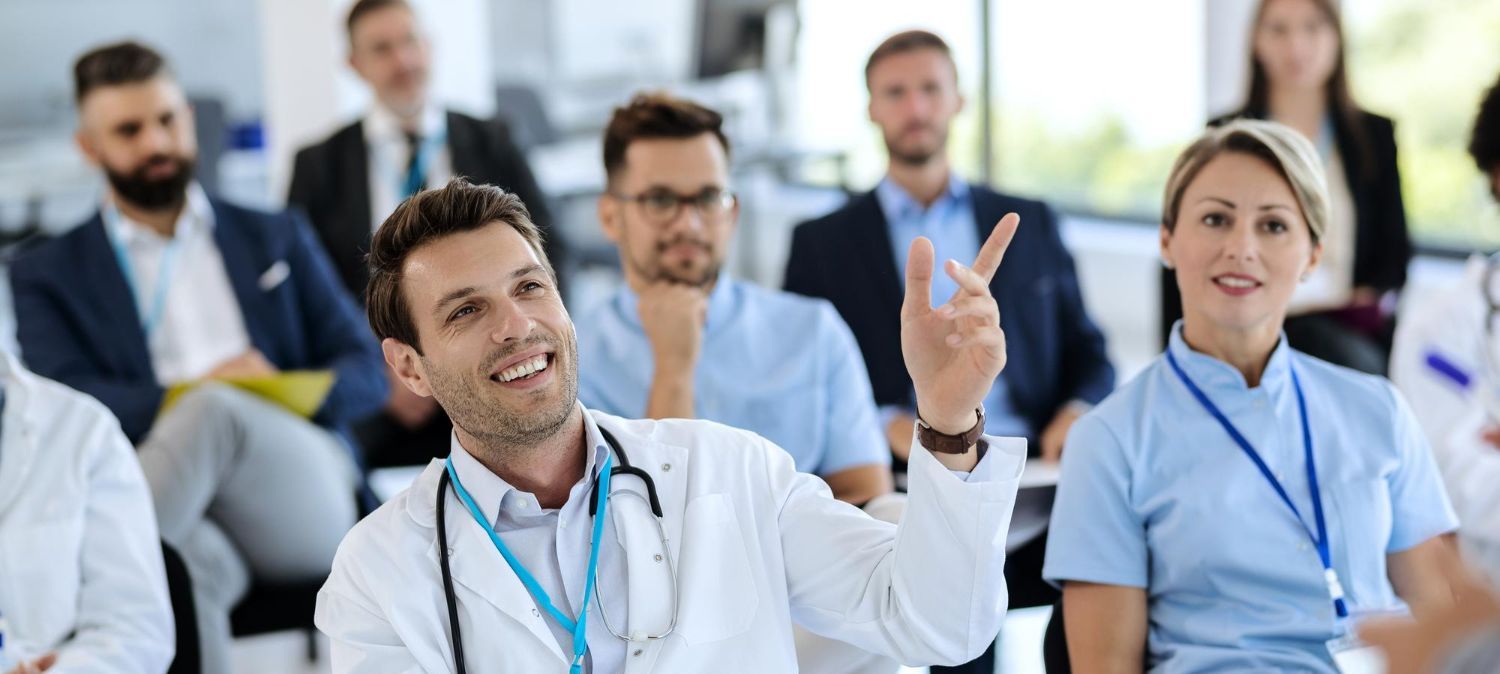
P49 Sports Injuries in 8-18 Year Olds
Course summary
This evidence-based, hands-on interactive course covers the physiological principles and practical considerations for assessing and managing common sports injuries in the school aged child, adolescent and teen-age patient. Participants will have the opportunity to apply these theoretical and practical concepts and techniques throughout the two days. This will boost their confidence in the recognition, differentiation, diagnosis, management and return-to-sport guidelines of common sports-related injuries.
Who should attend?
School nurses
ANPs
Allied Health Professionals (AHPs)
Nurses
Advanced nurse practitioners
Paramedics
Important notes
All course equipment, materials and certificates are provided.
Completion of this course is not a guarantee of competency. Support and practice in the workplace with an experienced facilitator is required to attain competence level.
Cost
| Course duration | Course CPD | In-house Course |
|---|---|---|
| 2 day(s) | 14 hour(s) | POA |
In-house enquiry
Aims / objectives
- Identify the physiological principles related to sports injuries.
- Consider the type of injury in relation to the initial clinical findings.
- Summarise common sports injuries and involved structures.
- Select appropriate assessment and diagnostic techniques for a variety of sports-related injuries.
- Demonstrate an understanding of appropriate management for spine and extremity injuries.
- Demonstrate a practical understanding of return-to-play guidelines for various sport-related injuries and an understanding of criteria-based return to sport.
Course programme
- Review of basic MSK anatomy.
- Physiological principles underpinning sports injuries, including healing and tissue response to loading.
- Prevalence, definitions, classifications of injury
- Lower limb assessment including mechanism of injury, hands on practice, treatments and management
- Head and neck injuries
- Upper limb assessment including mechanism of injury, hands on practice, treatments and management
- Rehab and return to play
Led by
TBA
